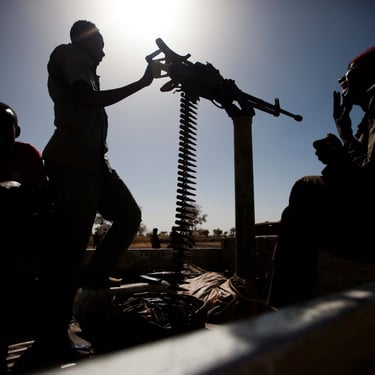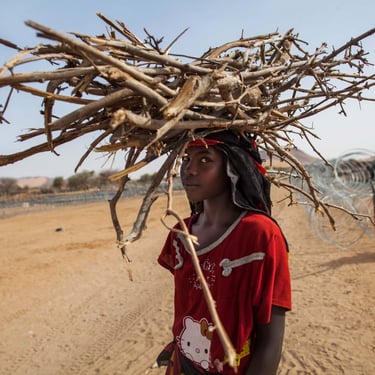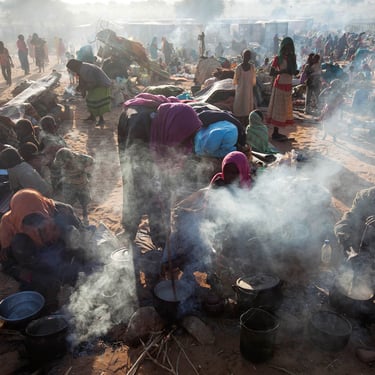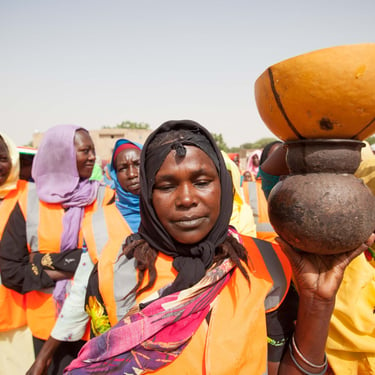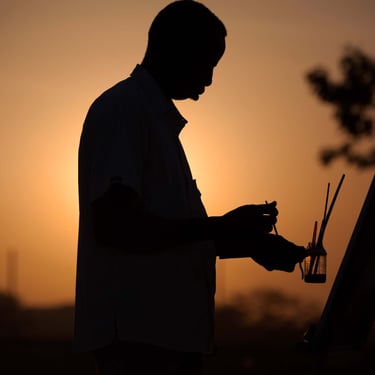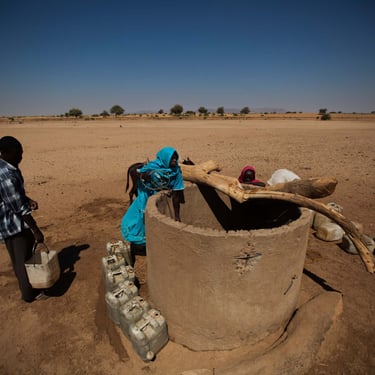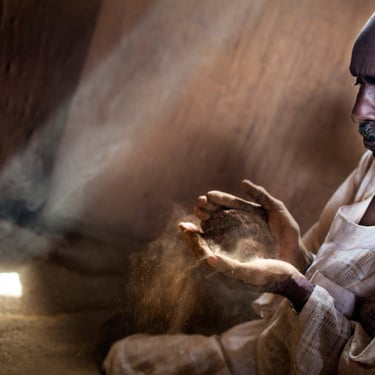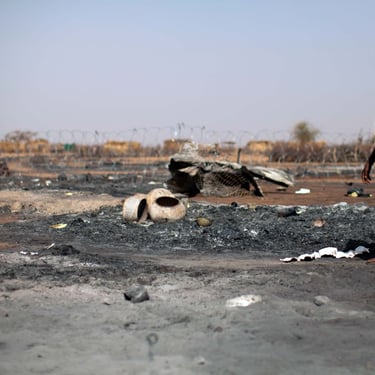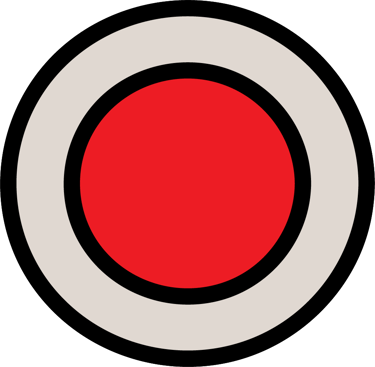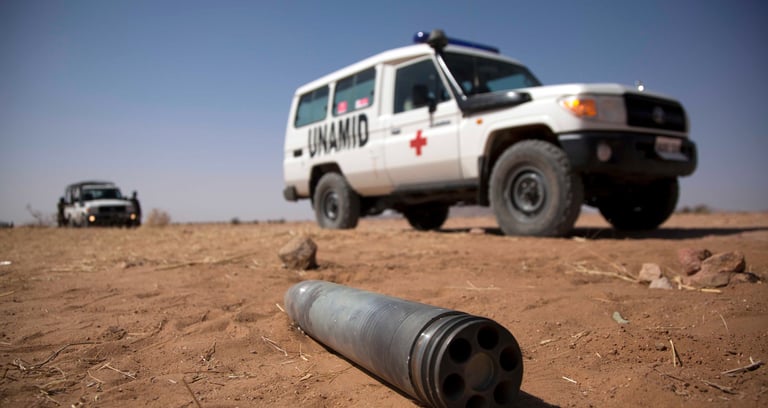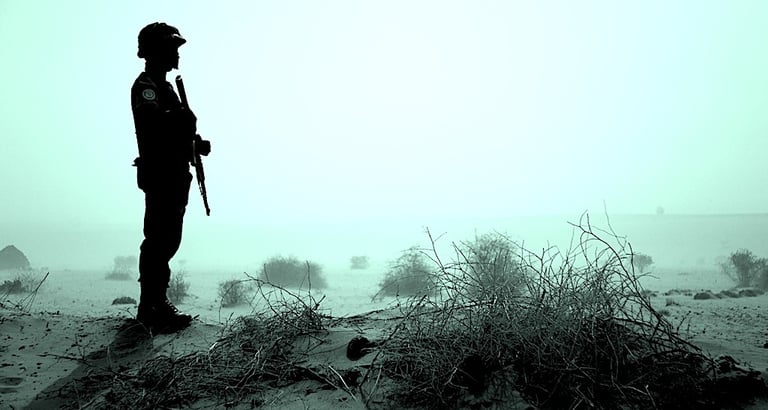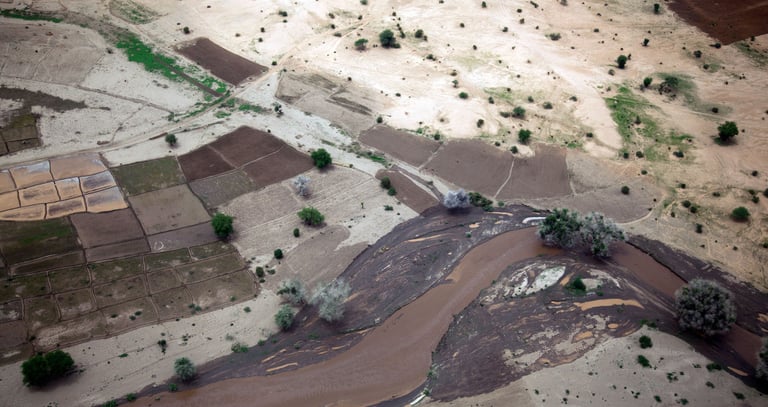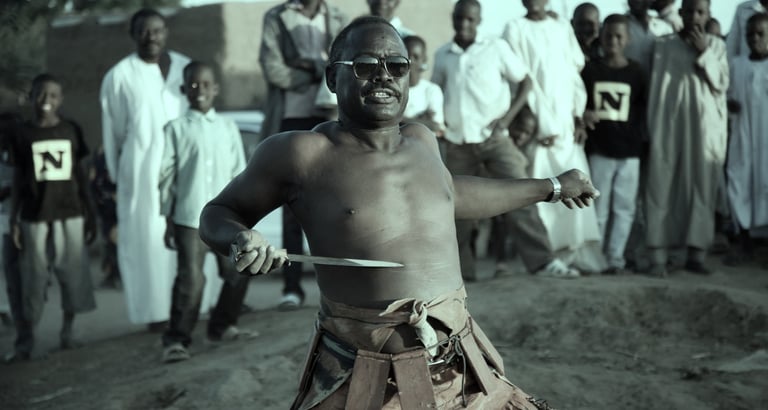
DATA IS INFORMATION & INFO IS POWER.
ARTRIKA - CENTRE for data & information
Latest Updates
Destroyed at least 57 public institutions and NGOs inside the El-Genina town, and 61 institutions in west Darfur state. In total 118 were verified by the Artrika team from 24 April 2023 to 12 July 2023. Also RSF militia and supporters, during the attack they burned houses and looted, in the south and west side of El-Genina town during this time of the war for example. ( Al-Tadamon, Al-Sawra, Jable, Madaris, Jamarik and Donky 13 ) in a total of six Neighborhoods, Are completely destroyed. Other neighbourhood's partly burned like Al-Majles, Al-Zehoor, Al-Nahda and Dar-alslam(( Aborundi)). In total, there are 4 neighborhoods.
If you want to see more of the data please visit our Archive page, also we keeps other information for quality purpose if there any NGOs or research, media center looking for the date contact Artrika team via Email for more information.
Feature Stories
Data & Information From Sudan’s Frontline



due to the Conflict between SAF and RSF, led to displaced Numbers of people from Khartoum and Gazera to Darfur region. In Nyala South Darfur, Al-Deain East Darfur and Al-Genina West Darfur state the estimated Numbers of the IDPs in El-Genina west Darfur about 15,000 displaced persons (IDPs).
REPORTS
VIDEOS
Airstrike Update Map from 2023 to 2025 focusing in Darfur-Sudan
MAPS - Infographic

WHO WE ARE
Artrika Centre for Data & Information was founded in 2020 with a mission of collecting, preserving and making accessible data about the conflict in Sudan,Darfur and the people displaced by it. We leverage a unique field presence and understanding of mapping and other techniques to present information to gather and bring attention to key information about demographics, culture and human rights violations in Darfur.
FEATURE - TOPICs
Humanitarian CRISIS
War - Conflicts
Oral History
Land grabbing & IDPs movement
Sudan is a conflict area, and it is not easy to access the information and date spatially for humanitarian works and media , Graphically is not clear .
We use research and oral history as tools for data collection & Information bout Ethnographic
Providing Data and Information to the NGOs about the Conflict in Sudan, to help the Sudanese community in the war zone.
This model is providing Data and Information the Ethnic Groups and land ownership patterns in cities of Sudan and Darfur before and after the 2023 war.
WHAT WE DO
Our team then works to verify the data gathered by comparing it to data gathered in other field missions, public documents, and other sources. We complement our field work with available satellite images and maps, using them to code and present our data in such a way as to make it more comprehensive and useful. We specify locations, names of the tribes in the area, and language, art, and culture in our mapping and deploy investigators on the ground in each area that we cover. We use data experts to enter the data into our databases to ensure accuracy and reliability.
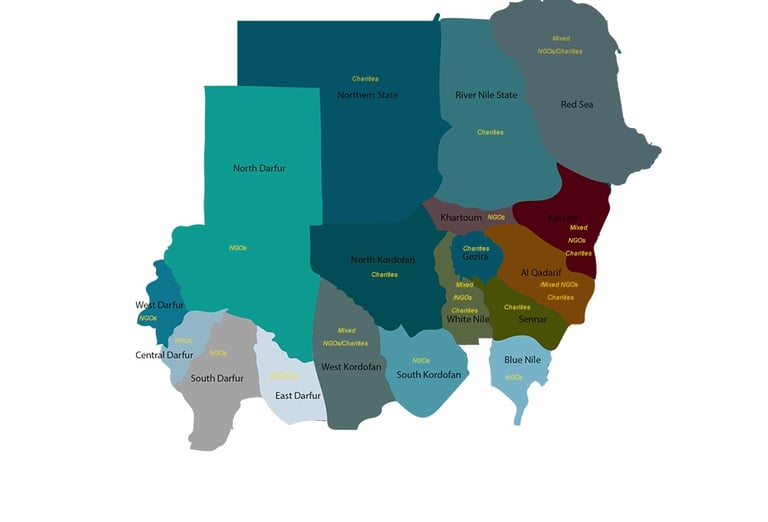

Artrika also locates its efforts around analysis of different sub-national conflicts throughout the country to give a greater sense of dynamics at play on local levels and their relationship to the central State, and the emergence of other parties to the conflict, such as localised militias. Artrika conducts regular monitoring of over fifty localised conflict scenarios spread across Sudan’s eighteen states. A key future output of Artrika will be its Sudan Conflict Monitor, which includes thematic research and data analysis to aid fellow Sudanese organisations, international non-governmental organisations, the media, and concerned policymakers. The document also serves as an early-warning mechanism to Sudanese civil society and humanitarian organisations to rapidly respond to emerging scenes of conflict and insecurity. toward violence
HOW DO WE WORK
We use research and oral history as tools for data collection and utilize data visualization to draw clear maps to trace the movement of the people and provide evidence and information about perpetrators. We are the first Sudanese organization to use maps to tell stories about the conflict.
We utilize NASA Agent for Space for raw map information from satellites and supplement them with our data and analysis to ensure that they are made useful to the people. This includes mapping the locations, demographic data, languages, art, culture, and SAF and RSF crimes committed. Our on-the-ground teams are able to gather this for a wide range of locations.
